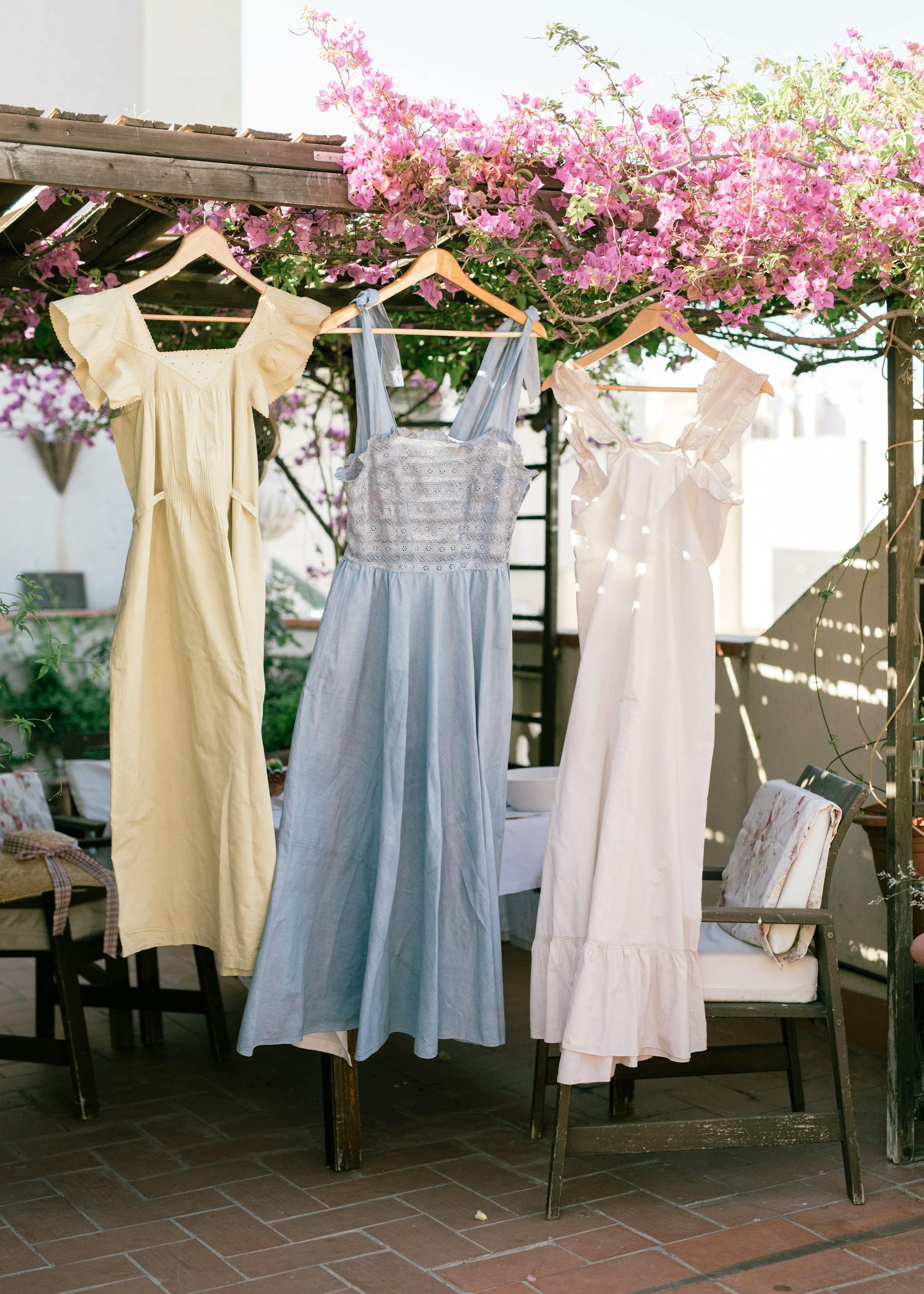How Linen Earned Its Rightful Place As The Best Summer Fabric
The most ancient of fabrics, linen is simultaneously luxurious, romantic, and extraordinarily comfortable.

The summer sun is relentless, and by August, even the ocean breeze isn’t enough to keep things cool. You don’t want to overheat, but you don’t want to sacrifice style either. So, you turn to linen. What is it about this fabric that’s just so irresistible?
A Little History of Linen
Linen has been with us since the beginning. Flax – the flowering plant from which linen is made – was a fundamental part of the economy of ancient Egypt. The Egyptians, who used linen for beautiful garments and for wrapping their deceased pharaohs, believed that their gods were also clothed in linen. The use of these heavenly linen garments spread from Egypt to other parts of the Mediterranean and, eventually, to the rest of the world. In 789, the French king Charlemagne decreed that every peasant must cultivate a plot of flax and weave linen fabric. Linen grew in popularity, becoming a choice fabric for clothing, upholstery, and even artists’ canvases. During the Industrial Revolution, cotton replaced linen due to its ease of production. However, the 20th century saw the return of linen with the introduction of formal summer wear made from this beautiful, breathable textile. Today, we hail linen as the best summer fabric – and for good reason.
Timeless Takes Time
Part of linen’s loveliness lies in how it’s made. While most other textiles are now processed quickly and efficiently by machines, linen is still mostly created the old fashioned way. Linen is a thing of beauty from the start. When the plant blooms (which it does only for a matter of hours), the flowers are a breathtaking purple-blue, and fields of flax at harvest time look like waves of gold.
About one month after the plant flowers, the flax is harvested. The best fibers come from plants that are pulled up with the roots intact – a process that cannot be done with a machine (which is why the best quality linen is so expensive). Next, the flax stalks are fermented in a stagnant body of water so the fibers can be separated from the rest of the stalk. The quality of the fabric is hugely dependent on this step, which is called retting. (Pro tip: Belgian linen is arguably the best because retting happens in a magical way in the River Lys). After a drying period, the woody parts of the stalks are removed via crushing between rollers. Then, in a process called heckling, the short fibers are combed out, leaving only the long fibers that will eventually be spun into linen, dyed, and woven. This fabric has been adored for centuries, and it’s been made nearly the same way for centuries as well. Maybe there’s something to that.
What Else Do We Love About Linen?
Anything handmade is just, by its very nature, better. But that’s not the only thing that sets linen apart. Linen is the strongest natural fiber in the world. It was used to make ropes and tarpaulins for both World Wars and was woven into the armor of ancient Greeks. So, as you can deduce, it's super durable and long-lasting. Sure, it’s a little pricier, but for something that will last a lifetime (and more), the extra cost is worth it.
There are also health benefits to linen. It has the ability to inhibit bacterial growth, so body odor (which is caused by bacteria) is less of an issue when you’re wearing linen. Your linen garments will stay fresher longer – a big win for all of you who absolutely abhor doing laundry. It is also hypoallergenic, so it won’t cause any reactions for those with sensitive skin. To top it all off, it’s also naturally wicking and thermoregulating. So, yes, a linen dress will actually lift the perspiration from your skin and keep you cool in the summer. Conversely, it holds onto heat and traps air to keep you warm when it’s cold out.
Linen is also sustainable, as flax grows in even poor-quality soil, requires less water than other plants (like cotton), is entirely used (zero waste!), and is completely biodegradable.
As if all that isn’t enough, it’s just gorgeous. And oh-so-comfortable. And chic and versatile and elegant. Here are some of our favorite picks if you're ready to add a new linen piece to your summer wardrobe.